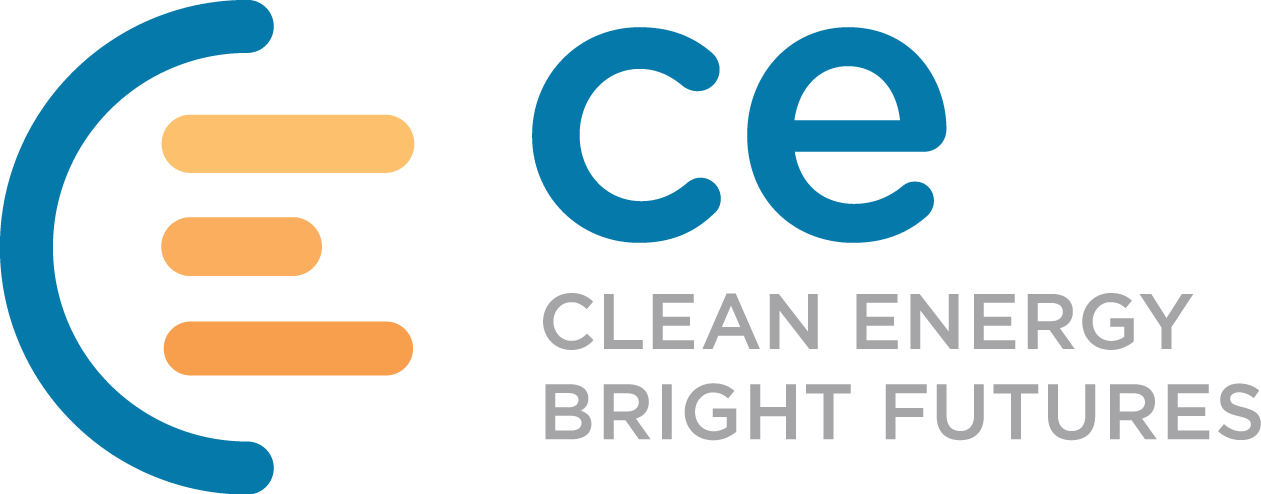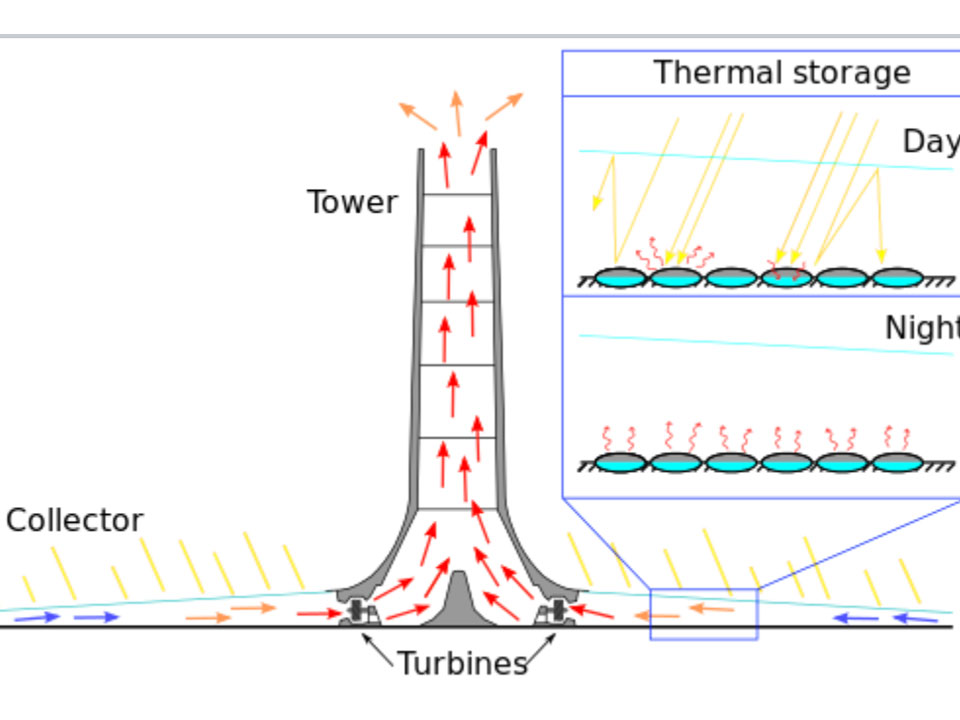Learning Goals
Learning Goals:
- Students will be able to define and explain what a solar updraft tower is.
- Students will make connections between their previous engineering challenge and a real world solution to the world’s growing energy demands, including careers.
Materials List
Handouts
Classroom Supplies
- Paper and pencils
- Projector or other YouTube playing device
- Computers for video and internet searches
Important Links
Featured Image Description
A graphic which shows how a solar updraft tower works. At the base of the tower are turbines which pull air in underneath collectors. The air then goes up the tower. On the right of the graphic is a zoom box that shows the collectors with solar lines bouncing and being absorbed during the day with some thermal lines being released and some being collected. Below is a Night box that shows the thermal heat being released.

